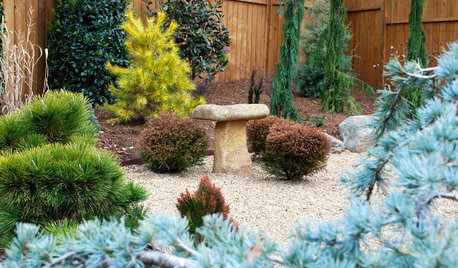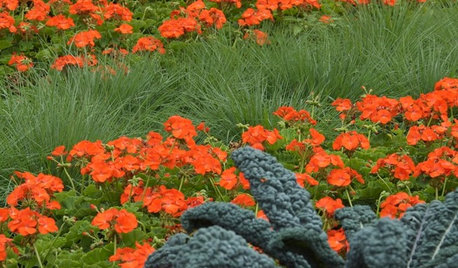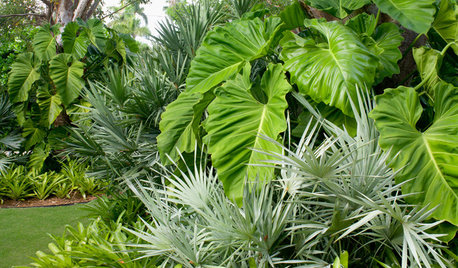Planting Thuja Green Giant Screen
honeyhaze
15 years ago
Related Stories

GARDENING GUIDESGreat Design Plant: Thuja Occidentalis ‘Bobozam’
Sculptural, diminutive and low maintenance, Mr. Bowling Ball arborvitae works hard in small spaces
Full Story
GARDENING GUIDESGreat Garden Combo: 3 Wonderful Plants for a Deer-Resistant Screen
Protect your privacy and keep deer at bay with a planting trio that turns a problem garden area into a highlight
Full Story
LANDSCAPE DESIGNThe 7 Best Plant Types for Creating Privacy and How to Use Them
Follow these tips for using different kinds of plants as living privacy screens
Full Story
GARDENING AND LANDSCAPINGGrow a Lush Privacy Screen
No need to wait forever for patio privacy the green way. These 10 ideas will get your screening up and running in no time
Full Story
GARDENING GUIDESGrow Your Own Privacy: How to Screen With Plants and Trees
Use living walls to lower your home and garden's exposure while boosting natural beauty in your landscape
Full Story
EDIBLE GARDENS7 Edible, Pretty Wonders of the Plant World
It's OK to like them just for their looks, but these flowers, trees and greens have a tasty side too
Full Story
GARDENING GUIDESGreat Design Plant: Silphium Perfoliatum Pleases Wildlife
Cup plant provides structure, cover, food and water to help attract and sustain wildlife in the eastern North American garden
Full Story
CONTRACTOR TIPSBuilding Permits: What to Know About Green Building and Energy Codes
In Part 4 of our series examining the residential permit process, we review typical green building and energy code requirements
Full Story
HOUSEPLANTS8 Essentials for Healthy Indoor Plants
Houseplants add so much to our homes — and can thrive when grown in the right conditions. Keep these tips in mind
Full Story
GARDENING GUIDESGreat Design Plant: Serenoa Repens
Saw palmetto provides a carefree ground cover for dry gardens in the Southeast
Full Story







katrina1
honeyhazeOriginal Author
Related Professionals
Essex Landscape Architects & Landscape Designers · Glen Ellyn Landscape Architects & Landscape Designers · Hershey Landscape Architects & Landscape Designers · East Haven Landscape Contractors · Goodlettsville Landscape Contractors · Lady Lake Landscape Contractors · Lancaster Landscape Contractors · McLean Landscape Contractors · Weslaco Landscape Contractors · Whittier Landscape Contractors · Western Springs Siding & Exteriors · Glen Ellyn Decks, Patios & Outdoor Enclosures · Glendale Decks, Patios & Outdoor Enclosures · Grand Rapids Decks, Patios & Outdoor Enclosures · Troy Decks, Patios & Outdoor Enclosures